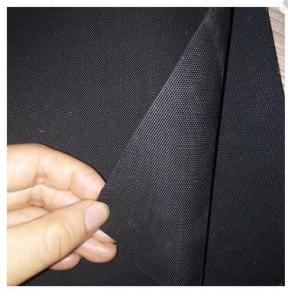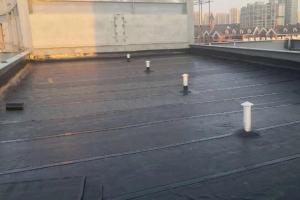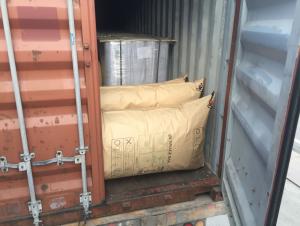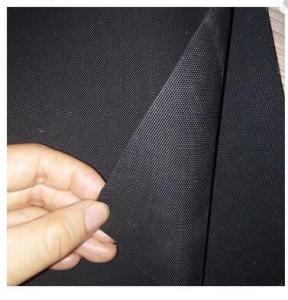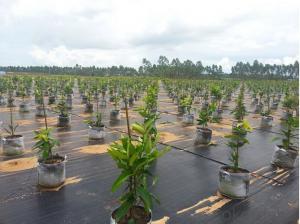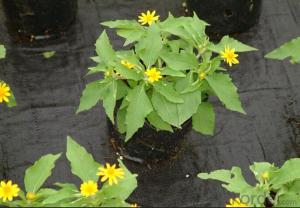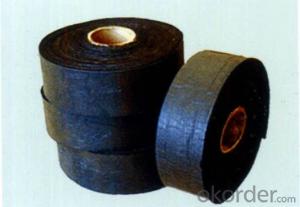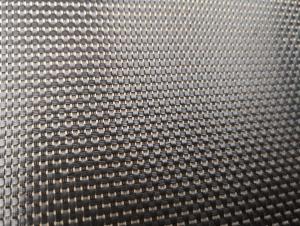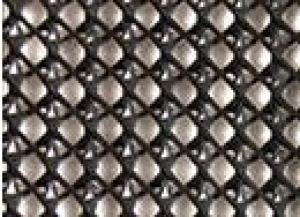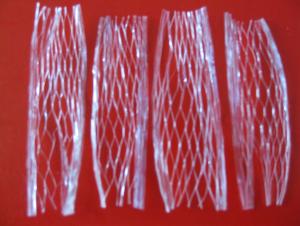Roofing Waterproof Membrane/EPDM Rubber Sheet
- Loading Port:
- Qingdao
- Payment Terms:
- TT or LC
- Min Order Qty:
- 1000 m²
- Supply Capability:
- 500000 m²/month
OKorder Service Pledge
OKorder Financial Service
You Might Also Like
EPDM Waterproof Membrane Specifications:
EPDM rubber waterproof membrane is made from ternary ethylene-propylene rubber, which is designed for waterproofing projects applications, which has high flexibility and bendable property for all kinds of buildings.
Type | EPDM Rubber Waterproof Membrane | ||
Type | Vulcanized and Weldable | ||
Thickness | 1.2mm | 1.5mm | 2.0mm |
Weight(kg/m2) | 1.54-1.58 | 1.79-1.83 | 2.25-2.29 |
Size | 1.2m (width) * 20m (length)/roll. Weldable type could be 4m wide. | ||
Packing | 24㎡/roll, with plastic bag. (Weldable: 80㎡/roll) | ||
Usage | Roof, basement, pond, Lake, steel structure roofing, underground, tunnel, etc | ||
EPDM Waterproof Membrane Property:
•Excellent anti-ageing,prolonged longevity;long service life.
•Good strength and tensity/Suitable for a wide range of temperatures
•Great high-temperature,low-temperature resistance
•Single layer applied is applicable and cold applied
EPDM Waterproof Membrane Application:
Applicable to all kinds of roofing, basement, tunnel light building waterproofing engineering;
roofing and underground engineering, storage tanks, municipal, bridges, subways, tunnels, dams, etc.

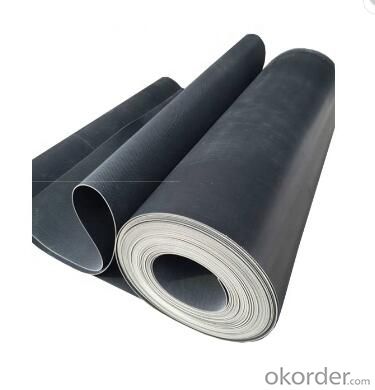
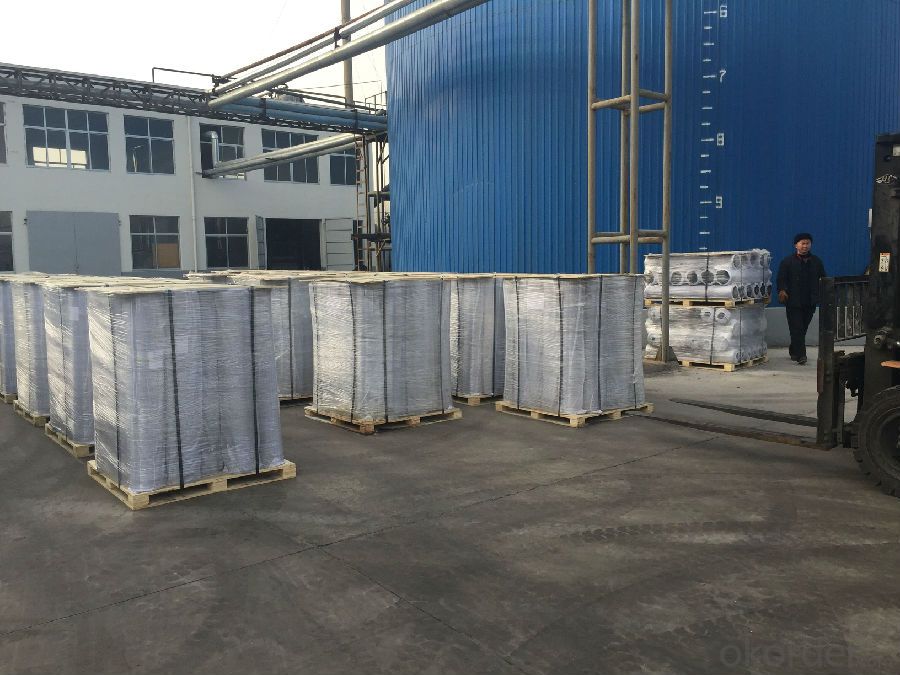
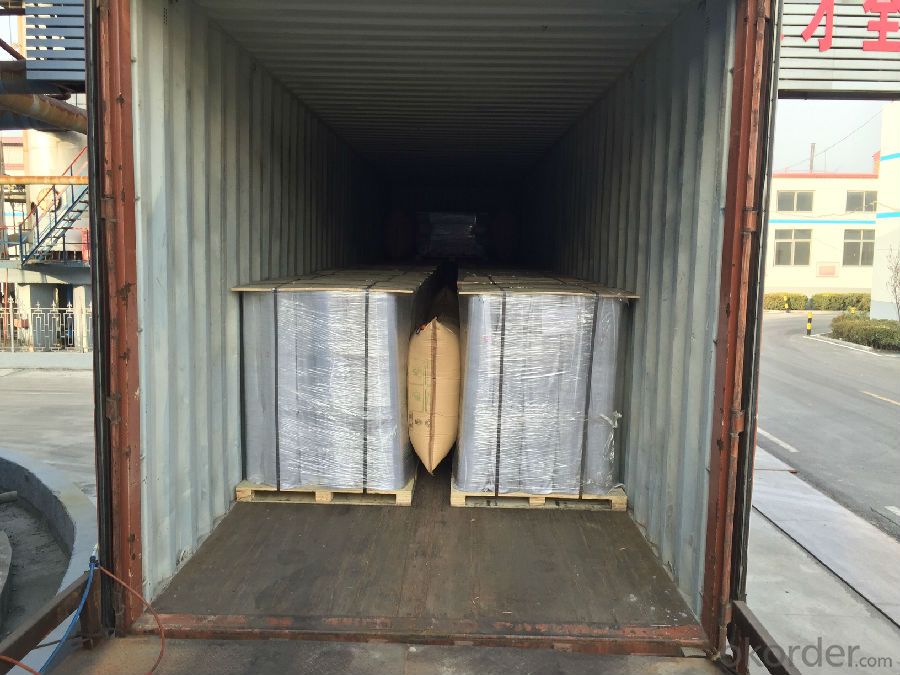
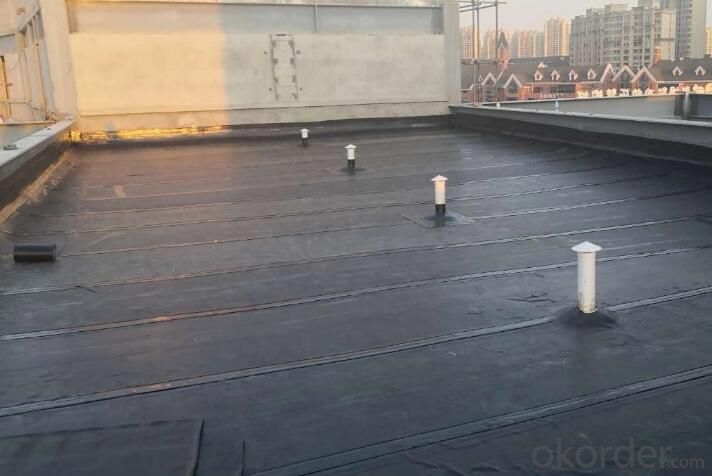
- Q:How are geocells used for slope stabilization?
- Geocells are used for slope stabilization by providing a reinforced structure that helps to prevent erosion and soil movement. They are installed on slopes and filled with soil or aggregate material, creating a stable platform that reinforces the slope's integrity. The interconnected cells within the geocell system distribute the weight evenly and increase the slope's resistance to landslides, thereby enhancing its stability.
- Q:Can earthwork products be used in rain garden construction?
- Yes, earthwork products can be used in rain garden construction. These products, such as soil, gravel, and mulch, are commonly used to create the necessary layers and contours within a rain garden. Soil is used to create the planting bed, while gravel can be used for drainage and filtration. Mulch helps to retain moisture and reduce erosion. Overall, earthwork products play a crucial role in the construction and functionality of rain gardens.
- Q:What are the different types of geosynthetic clay liners available?
- There are several types of geosynthetic clay liners (GCLs) available, including sodium bentonite GCLs, calcium bentonite GCLs, and polymer-modified GCLs. Sodium bentonite GCLs are commonly used due to their high swelling capacity and excellent hydraulic conductivity. Calcium bentonite GCLs offer similar properties but with a lower swelling capacity. Polymer-modified GCLs are enhanced with polymers to improve their strength and durability.
- Q:How are geosynthetic materials used in coastal protection structures?
- Geosynthetic materials are commonly used in coastal protection structures for various purposes. They are employed to stabilize shorelines, control erosion, and provide structural support to prevent coastal land loss. Geotextiles, for instance, are often used as an underlay for coastal revetments or seawalls, enhancing their stability and preventing soil erosion. Additionally, geotubes, which are large geosynthetic containers filled with sand, can be deployed as breakwaters or dune reinforcements, effectively absorbing wave energy and protecting vulnerable coastal areas. Overall, geosynthetic materials play a crucial role in coastal protection by providing cost-effective and sustainable solutions for shoreline stabilization and erosion control.
- Q:How do geocells help in soil stabilization?
- Geocells help in soil stabilization by providing a three-dimensional honeycomb-like structure that confines and reinforces the soil. This confinement prevents soil erosion, improves load-bearing capacity, and enhances overall stability. The geocells effectively distribute and transfer loads, reducing settlement and promoting better soil compaction. Additionally, the cells can be filled with various materials such as aggregate, sand, or vegetation, further enhancing soil stability and environmental sustainability.
- Q:What are the advantages of using geotextile mats in erosion control blankets?
- Using geotextile mats in erosion control blankets comes with several advantages. Firstly, these mats provide effective erosion control by stabilizing the soil and preventing it from being washed away by water or wind. This helps to preserve the integrity of slopes, embankments, and other areas prone to erosion. Secondly, geotextile mats act as a barrier against weed growth, reducing the need for herbicides and manual weed control. By suppressing weed growth, they maintain the integrity of the erosion control blanket and prevent the competition for nutrients and moisture that weeds can cause. Additionally, geotextile mats aid in the establishment of vegetation by protecting seeds and seedlings from erosion forces. They create a favorable microclimate for growth by retaining moisture, reducing evaporation, and providing thermal insulation. This accelerates vegetation establishment and promotes the overall success of erosion control efforts. Moreover, geotextile mats are easy to install and maintain. They are lightweight, flexible, and can be quickly rolled out onto the desired area. Their permeability allows for the passage of water, ensuring proper drainage and preventing waterlogging. They are also durable, resistant to UV degradation, and long-lasting, providing effective erosion control for an extended period. Lastly, using geotextile mats in erosion control blankets is an environmentally friendly solution. The mats are typically made from recycled materials and are themselves recyclable. By preventing soil erosion, they help to protect water quality by reducing sediment runoff into water bodies, which can harm aquatic ecosystems. In summary, the advantages of using geotextile mats in erosion control blankets include effective erosion control, weed suppression, promotion of vegetation establishment, easy installation and maintenance, durability, and environmental sustainability.
- Q:Are earthwork products suitable for constructing decorative walls?
- Yes, earthwork products, such as natural stone, bricks, concrete blocks, or even rammed earth, can be excellent materials for constructing decorative walls. These materials offer a wide range of textures, colors, and shapes, allowing for creative and visually appealing designs. Additionally, earthwork products are durable, sustainable, and can blend well with the surrounding environment, making them suitable for constructing decorative walls in various settings, such as gardens, parks, or residential spaces.
- Q:What are the different types of geocells available in the market?
- There are several types of geocells available in the market, including but not limited to cellular confinement systems made of high-density polyethylene (HDPE), geocellular filled with gravel or soil, and geocellular mats made of woven or non-woven geotextiles.
- Q:How do earthwork products contribute to soil stabilization?
- Earthwork products, such as geotextiles, geogrids, and geomats, play a crucial role in soil stabilization. These products are used in various construction and civil engineering projects to enhance the strength and stability of the soil. They act as a reinforcement layer, preventing soil erosion, controlling sedimentation, and improving the load-bearing capacity of the ground. Additionally, earthwork products provide a barrier against the growth of vegetation, reducing the risk of root penetration and further soil destabilization. Overall, these products help maintain the integrity of the soil, ensuring long-term stability and sustainability of the project.
- Q:How are geocells used for load support in industrial yards?
- Geocells are used for load support in industrial yards by providing a stable and reinforced foundation for heavy equipment, vehicles, and storage areas. These cellular confinement systems are filled with aggregate material, such as gravel or sand, and placed on the ground to create a strong and flexible support structure. This helps distribute the weight of the loads evenly, preventing soil deformation or rutting, and ensuring the stability and longevity of the yard's infrastructure.
1. Manufacturer Overview |
|
|---|---|
| Location | |
| Year Established | |
| Annual Output Value | |
| Main Markets | |
| Company Certifications | |
2. Manufacturer Certificates |
|
|---|---|
| a) Certification Name | |
| Range | |
| Reference | |
| Validity Period | |
3. Manufacturer Capability |
|
|---|---|
| a)Trade Capacity | |
| Nearest Port | |
| Export Percentage | |
| No.of Employees in Trade Department | |
| Language Spoken: | |
| b)Factory Information | |
| Factory Size: | |
| No. of Production Lines | |
| Contract Manufacturing | |
| Product Price Range | |
Send your message to us
Roofing Waterproof Membrane/EPDM Rubber Sheet
- Loading Port:
- Qingdao
- Payment Terms:
- TT or LC
- Min Order Qty:
- 1000 m²
- Supply Capability:
- 500000 m²/month
OKorder Service Pledge
OKorder Financial Service
Similar products
New products
Hot products
Related keywords
